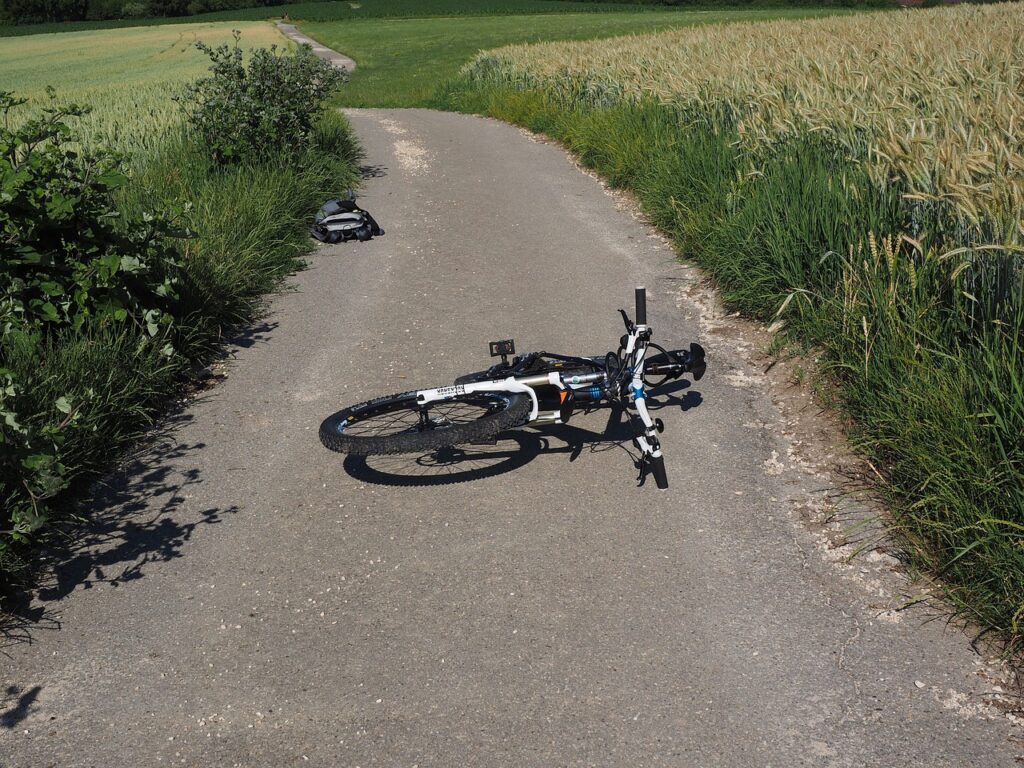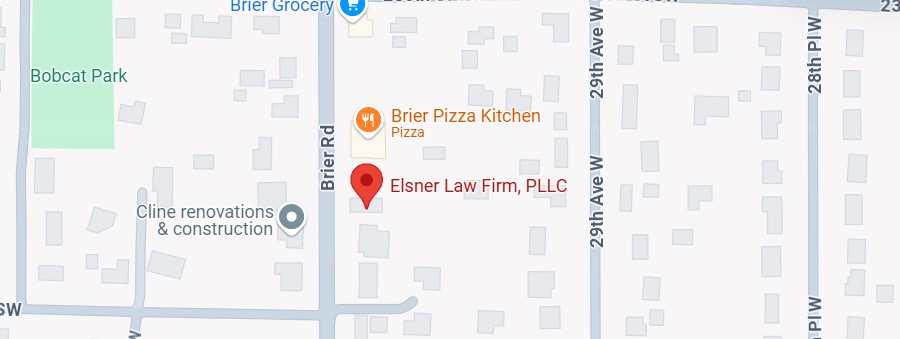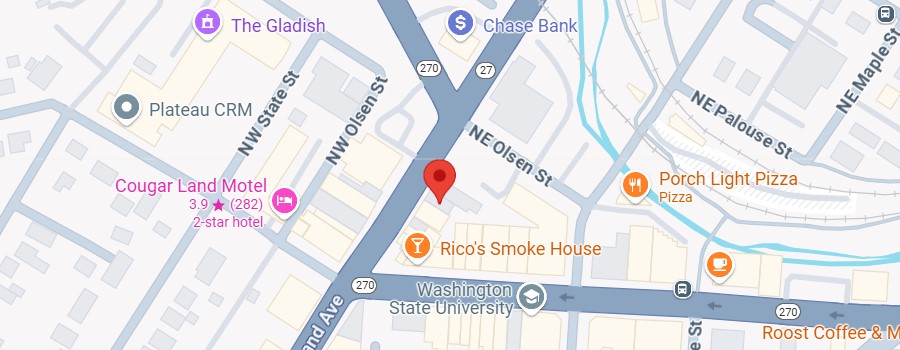Introduction to Road Rash
Road rash is one of the most common injuries sustained in motorcycle accidents. When a rider is thrown from their bike and skids across a rough surface like asphalt or concrete, the friction between the skin and the road causes painful abrasions known as friction burns. These injuries can range from minor scrapes to deep wounds that expose underlying tissue and require immediate medical attention. The severity of road rash depends on factors such as the speed of the motorcycle crash, the type of protective gear worn, and the length of contact with the pavement. Recognizing the symptoms and understanding the risks associated with road rash is crucial for anyone involved in a motorcycle accident, as prompt and proper medical attention can make a significant difference in the healing process and help prevent serious complications.
Degrees of Road Rash
Road rash injuries are classified by their depth and severity, much like burns. Understanding the different degrees of road rash can help you determine the best course of action for treatment and recovery:
- First Degree Road Rash: This is the mildest form, involving only the outermost layer of skin. Symptoms include redness, minor swelling, and superficial abrasions. While first degree road rash is usually painful, it typically heals within a couple of weeks with basic wound care and rarely leaves permanent scarring.
- Second Degree Road Rash: This type of injury penetrates deeper, affecting both the outer and underlying layers of skin. Second degree road rash may cause bleeding, blistering, and more intense pain. The risk of infection increases, and careful treatment is needed to prevent complications. Scarring is possible, especially if the wound is not kept clean and moist during the healing process.
- Third Degree Road Rash: The most severe form, third degree road rash, involves extensive damage to all layers of the skin and may expose fat, muscle, or even bone. These deep wounds often require emergency medical care, as they carry a high risk of infection, nerve damage, and permanent scarring. In some cases, skin grafts or skin grafting surgery may be necessary to repair the damaged area. Traumatic tattoos—where debris remains embedded in the skin—can also occur, leading to long-term discoloration or the need for further medical treatment.
No matter the degree, all road rash injuries should be monitored closely. Severe road rash or deeper wounds always warrant immediate medical attention to ensure proper healing and to prevent serious complications.
Injured in a Motorcycle Accident? Follow These Critical Steps
While road rash can happen from many activities, such as falling while skateboarding or biking, the most severe road rash injuries are caused by motorcycle accidents. For this reason, motorcyclists are encouraged to wear thick leather riding gear to protect their skin against contact with the pavement. However, even when wearing proper clothing, sustaining road rash is still a possibility during a crash. If you’ve suffered road rash, treating your wounds properly is essential to avoid further complications.
Road rash is an abrasion wound caused by a rough surface, such as the pavement, rubbing across your skin and causing damage. It is similar to chafing or a rug burn but much more severe. In motorcycle accidents, it often affects the extremities as the rider attempts to catch themselves as they are thrown from their bike. Road rash often results in an open wound that requires careful cleaning and protection to prevent infection. Road rash can cover large areas of the body in painful lacerations; when rash covers a significant portion of the body, medical evaluation is especially important. If the abrasion removes many layers of skin, the wounds can become very deep, resulting in infection or extensive scarring if not treated properly. To promote healing and reduce infection risk, be sure to change dressings regularly.
What Steps Can You Take to Heal From Road Rash Injuries After an Accident?
You should always seek an evaluation from a medical professional after a motorcycle accident, even if your injuries appear minor. The doctor will likely clean and bandage your road rash and provide care instructions. Be sure to follow all your doctor’s advice and take any prescribed medication to ensure that you heal correctly. Serious injuries, severe cases, or wounds with broken bones require prompt medical attention.
While treating your road rash at home, you can take these steps to help speed your recovery:
- Wash your hands before touching the damaged area.
- Gently clean the wound with antibacterial soap to reduce infection risk and remove debris. If debris is not fully removed, there is a risk of traumatic tattoo, which may require dermatological treatment after healing.
- Use an antibiotic ointment to prevent infection and keep the skin moist to promote wound healing.
- Bandage the area to protect it and keep it clear of debris. Secure the dressing with medical tape, making sure the tape does not stick to the wound and provides adequate support.
- Change the bandage frequently (at least once a day). If the dressing is stuck, a gentle saltwater solution can loosen it without causing more damage.
- If the wound becomes tight or itchy as it heals, moisturizer can be used to relieve the discomfort. Healed skin is often pink and sensitive, so moisturizing helps with itching and dryness.
- Use OTC pain medication when needed.
Healing time varies depending on the severity of the injury. Superficial wounds typically heal in about two weeks, while deeper road rash may involve more tissue and require a longer recovery. Wounds with dead tissue may need medical intervention, and large or deep wounds may require a skin graft. Proper hygiene reduces infection risk, and poor nutrition can delay wound healing, so a balanced diet rich in protein, vitamins, and minerals is recommended.
During wound healing, blood cells form clots to stop bleeding, and blood vessels supply nutrients and oxygen to support tissue repair. As the wound heals, new blood vessels form to aid regeneration.
If you notice signs of infection, if healing does not progress, or if you have any concerns, seek medical attention promptly.
Managing Pain and Discomfort
Dealing with the pain and discomfort of a road rash injury can be challenging, especially in the days following a motorcycle accident. To manage pain effectively, start by keeping the wound clean and covered, as this helps reduce irritation and promotes the healing process. Over the counter medications, such as acetaminophen or ibuprofen, can help manage pain and reduce inflammation. Applying a thin layer of antibiotic ointment not only helps prevent infection but also keeps the wound moist, which can ease discomfort as the wound heals.
If the road rash wound becomes extremely painful, or if pain persists despite using OTC medications, it’s important to seek medical care. A healthcare provider may recommend stronger pain relief options or prescribe medication if necessary. Additionally, keeping the affected area elevated and avoiding unnecessary movement can help minimize swelling and discomfort. Remember, proper wound care and pain management are essential for a smoother recovery and to support the full healing process.
When Should You See a Doctor?
After your initial medical evaluation, it is crucial to monitor the healing process of your road rash carefully. If you notice any indications of infection, such as persistent or worsening redness or warmth surrounding the affected area, discharge of pus, escalating pain, or the onset of a fever, it is essential to seek immediate medical attention. Infected road rash can lead to serious complications and requires prompt medical evaluation to prevent further health risks. Certain medical conditions, including diabetes, can hinder the body’s ability to recover from a skin injury, potentially necessitating further medical intervention to ensure optimal healing. Moreover, if your wound fails to show signs of improvement within two to three weeks, it is advisable to schedule a follow-up appointment with your doctor to reassess your treatment plan.
In situations where the motorcycle accident resulted from someone else’s negligence, it may be beneficial to consult a lawyer helping motorcycle accident victims. An experienced attorney can provide guidance and legal representation, assisting you in navigating the complexities of insurance claims, negotiating settlements, and pursuing compensation for your injuries. If you believe that your accident involved factors beyond your control, contacting a motorcycle accident lawyer can help protect your rights and ensure you receive the support you deserve during the recovery process.
Role of a Motorcycle Accident Lawyer
After a motorcycle crash, dealing with the aftermath of road rash injuries can be overwhelming—especially when facing medical bills, lost wages, and the stress of recovery. This is where a motorcycle accident lawyer can make a significant difference. An experienced attorney can help you navigate the complexities of insurance claims, gather evidence to support your case, and pursue compensation for your medical expenses, lost income, and other damages resulting from the accident.
Many motorcycle accident lawyers offer a free consultation to discuss your situation and explain your legal options. If your injuries were caused by someone else’s negligence, having legal representation can help ensure your rights are protected and that you receive the financial support you need for medical treatment and recovery. Don’t hesitate to reach out for legal guidance if you’re struggling with the consequences of a motorcycle accident.
Additional Resources and Support
Recovering from a motorcycle road rash injury can be a long and sometimes isolating process, but you don’t have to go through it alone. There are numerous resources available to help you on your journey to recovery. Support groups for motorcycle accident survivors can provide emotional encouragement and practical advice from others who have faced similar challenges. Medical professionals, such as wound care specialists and physical therapists, can offer guidance on the best ways to treat road rash and promote healing.
For more information on road rash injuries, wound care, and legal support, consider reaching out to local hospitals, rehabilitation centers, or organizations dedicated to motorcycle safety. Many law firms also provide educational materials and free consultations to help accident victims understand their rights and options. Remember, seeking support—whether medical, legal, or emotional—can make a significant difference in your recovery and overall well-being.






